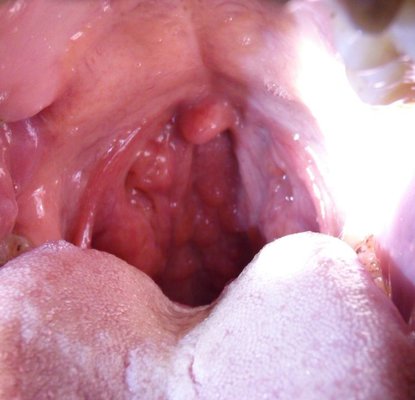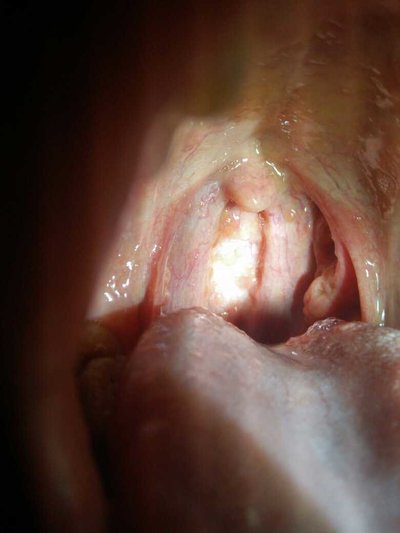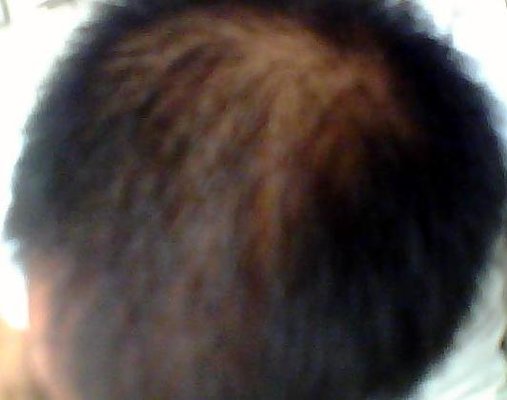Barrett's esophageal symptoms?
summary
The lower end of the esophagus is covered by abnormal columnar epithelium, which is called Barrett's esophagus. Ectopic columnar epithelium remains in the esophagus and can occur in any part of the esophagus. Barrett's esophageal symptoms? Let's talk about it
Barrett's esophageal symptoms?
Barrett's esophagus itself does not produce symptoms. The symptoms of patients are mainly caused by reflux esophagitis and its accompanying lesions. The most common symptoms were acid reflux and heartburn, followed by retrosternal pain and epigastric pain.
Some patients have heartburn symptoms in the early stage, after a long period of asymptomatic period, until the occurrence of complications. The reason is that columnar epithelium is less sensitive to the stimulation of digestive juice than squamous epithelium. Barrett's esophageal bleeding can be massive, but it is often chronic iron deficiency anemia. A few perforation or invasion of pleural cavity caused fistula or other adjacent organs.

When esophageal stricture occurs, the prominent symptom is dysphagia. The causes of dysphagia are: (1) stenosis at the junction of squamous and columnar epithelium; ② Chronic esophagitis resulted in fibrosis of esophageal wall and decrease of esophageal peristalsis; ③ Esophageal spasm caused by acute inflammation of esophagus; ④ Lumen obstruction caused by columnar esophageal adenocarcinoma.

matters needing attention
To improve the nutritional status of the patients, correct the imbalance of water and electrolytes, and prepare for the grave according to the requirements of general anesthesia. Patients with pulmonary diseases were given antibiotics to control the inflammation before operation, and the operation was considered two weeks later. The patient was placed in the supine position with the spine elevated and operated under general anesthesia.













